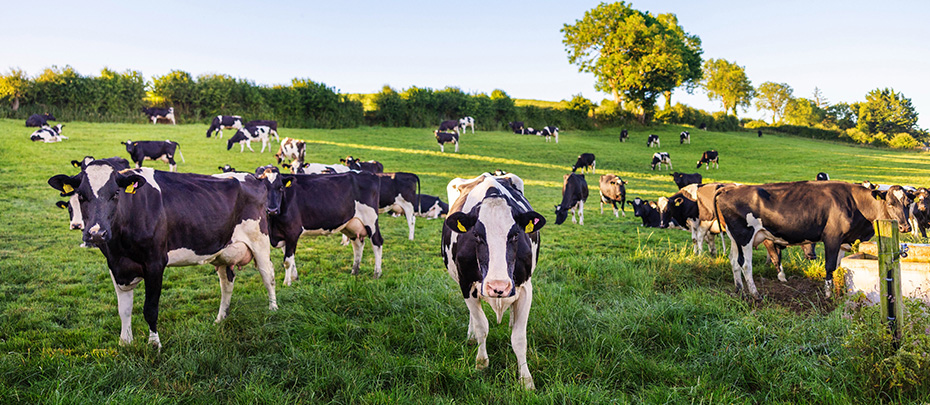1. Be skin-to-skin.
Studies show skin-to-skin contact, or "kangaroo care," especially in the first few days after your baby is born, provides a long list of health benefits, not the least of which is gut health. Skin-to-skin contact from both parents gives your baby many of the microbes he needs.
2. Know your HMOs.
Breastfeeding is the gold standard in infant nutrition, and it's the number-one way to support your baby's immune system. But why is that true? And, what if you're unable to breastfeed or choose to use formula?
One reason mother's milk is so unique and potent may be human milk oligosaccharides (HMOs), special prebiotics that are abundant in breast milk. HMOs feed the good bacteria in your baby's gut—where 70 percent of the immune system lives—and, research has shown that HMOs help to support baby's immune system and digestive system.
More specifically, 2'-fucosyllactose (2'-FL) is by far the most prevalent HMO identified in most mother's milk; and extensive emerging research on 2'-FL HMO suggests it may provide positive health benefits for the gut microbiome and beyond
For parents who need or choose to use infant formula, there's a way to give your child the immune-nourishing benefits of HMOs. Backed by nearly two decades of HMO research, Abbott's Similac® with 2′-FL HMO brings immune benefits of HMO* to formula-fed babies.**
3. Choose a Variety of Fruits and Vegetables.
As your baby starts eating solid food, offer only whole foods and whole food purees—including plenty of fruits, vegetables and grains. In particular, bananas and asparagus are rich in prebiotics, which help probiotics—found in fermented foods like yogurt and kefir—do their jobs.
4. Become a Dog Lover.
Playing with a family or neighborhood pet even has its benefits to overall immune health—helping to diversify the species of bacteria in your child's gut. In fact, studies show that safe interaction with pets can change the composition and diversity of the microbes in a child's gut and may even reduce his risk for asthma and eczema.
5. Let Your Child Get Dirty.
Encourage your child to play outside and explore the outdoors, which can help him get a dose of healthy bacteria. You don't have to overdo cleanliness, but you should always make sure your child washes his hands after using the bathroom, before meals and when he's sick.
6. Move More.
Exercise may also diversify your child's gut microbes, a study in the journal Gut found. Make sure he gets at least 60 minutes of activity each day at the park, the playground or an indoor play space on brisk days.
From the moment a child enters the world, the gut microbiome begins to develop. The first years of life are an especially critical time for growing trillions of bacteria to benefit the immune system. With a few simple steps, parents can play an important role in helping to build a child's immune system – by first building a healthy gut – and laying the foundation for a lifetime of good health.
*not from human milk
**Similac with HMO was introduced in the U.S. in 2016 as the first infant formula with 2’-FL HMO, an immune-nourishing prebiotic that was previously only found at significant levels in breast milk.
About Rachael Buck
Rachael Buck, Ph.D, works on the forefront of infant nutrition. As a discovery scientist in the field of immune health, Rachael studies the components of breast milk to help Abbott nutritionists develop infant formulas that are as close as possible to breast milk.




Social Share